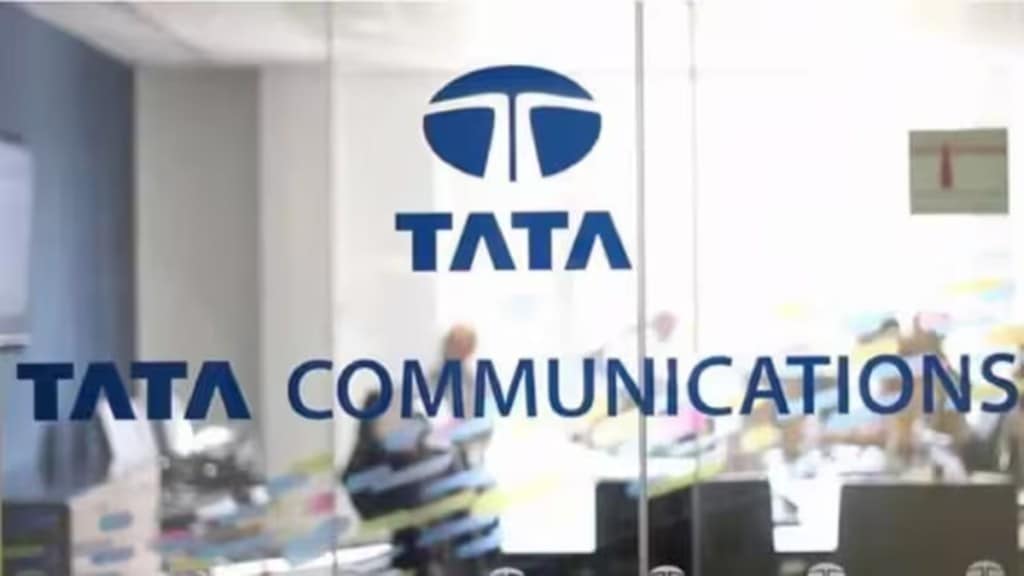Tata Communications is doubling down on programmable voice services as part of its evolving digital strategy, launching capabilities in the US and other key markets.
“Voice is going to be one of the critical channels for customer interactions,” Amur S Lakshminarayanan, managing director and CEO, Tata Communications, told FE.
Despite a continued decline in traditional voice revenues, capital expenditure on the platform has nearly doubled year-on-year. The company has no plans to exit voice, with Lakshminarayanan noting its shift from legacy wholesale to integrated enterprise use cases, especially through Kaleyra, the US-based CPaaS player Tata Communications acquired to boost its interaction stack.
The focus is on evolving voice beyond basic telephony into programmable tools and collaboration services. This aligns with a broader multi-channel approach, which has also seen an uptick in non-SMS revenue within the company’s interaction fabric business.
Margins Tighten, Connectivity Investments Continue
While macro pressures persist, including margin stress and muted core connectivity growth, the company is leaning on its digital portfolio and recent acquisitions for future expansion. Ebitda margins slipped to 19.1% in Q1FY26, from 20.3% a year earlier, even as consolidated revenue grew 6.6% y-o-y.
“Core connectivity gives us good margins and the cushion that we need for the digital investments,” Lakshminarayanan said.
Revenue in this segment was flat due to pricing pressure and payment delays in Saarc markets.
Tata Communications remains bullish on connectivity, projecting 2-5% growth, and continues investing in submarine and terrestrial cable infrastructure.
AI Adoption and Deal Momentum
On the artificial intelligence (AI) front, the company has adopted an “AI-first” model, embedding AI in product development and back-end functions like IT and support. “We are starting to implement some of the agentic AI that we are taking to our customers. We are using it ourselves first,” Lakshminarayanan said. He added that while enterprise adoption is still in early stages, proof-of-concepts are underway, especially around inferencing.
The deal pipeline also looks promising for the company, with multiple million-dollar contracts won across cloud, media, network, and security. “In the network space we won a fairly large deal for implementing the Wi-Fi 6 based LAN and the WAN convergence,” Lakshminarayanan said.
The total contract value, however, was undisclosed.
